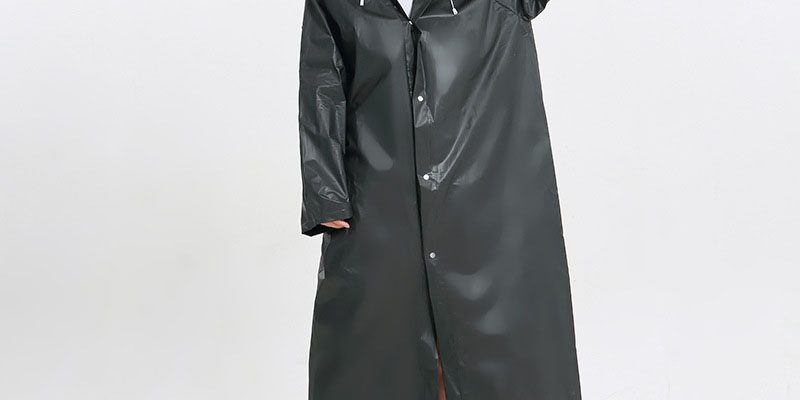As the world becomes increasingly conscious of environmental issues, it’s essential to consider sustainability in all aspects of life, including fashion. In this article, we’ll explore the intersection of raincoats and sustainability, highlighting how you can make eco-friendly choices when it comes to your adult raincoat.
Eco-Friendly Materials
Many raincoat manufacturers are now using eco-friendly materials to create sustainable rainwear. These materials can include recycled polyester, organic cotton, and fabrics made from renewable resources. Choosing a raincoat made from these materials reduces the demand for new resources and lowers the carbon footprint.
Sustainable Production Practices
Consider raincoat brands that prioritize sustainable production practices. Look for companies that use eco-friendly dyes, reduce water usage in manufacturing, and adhere to fair labor practices. Brands with transparent supply chains often provide information about their sustainability initiatives.
PFC-Free DWR Coatings
Traditional Durable Water Repellent (DWR) coatings often contain perfluorinated compounds (PFCs), which can be harmful to the environment. Choose raincoats with PFC-free DWR coatings. These coatings provide water repellency without the negative environmental impact.
Repair and Recycling Programs
Some raincoat brands offer repair and recycling programs. These initiatives encourage customers to send in old or damaged raincoats for repair or recycling, extending the lifespan of the product and reducing waste. Check if the brand you choose has such programs in place.
Longevity and Durability
Invest in a high-quality raincoat that is designed to last. A durable raincoat not only reduces the frequency of replacements but also minimizes the environmental impact associated with the production and disposal of clothing.
Second-Hand Options
Consider purchasing a second-hand adult raincoat. Thrift stores, online marketplaces, and clothing rental services offer gently used rainwear options, reducing the demand for new production.
Educate Yourself
Take the time to educate yourself about sustainable fashion practices and certifications, such as Fair Trade and Global Organic Textile Standard (GOTS). These certifications ensure that products meet specific environmental and ethical standards.
Conclusion
Making eco-friendly choices when it comes to your adult raincoat involves selecting rainwear made from sustainable materials, supporting brands with sustainable production practices, choosing PFC-free DWR coatings, participating in repair and recycling programs, opting for longevity and durability, considering second-hand options, and educating yourself about sustainable fashion. By prioritizing sustainability in your raincoat choices, you contribute to a greener and more environmentally responsible fashion industry.
















